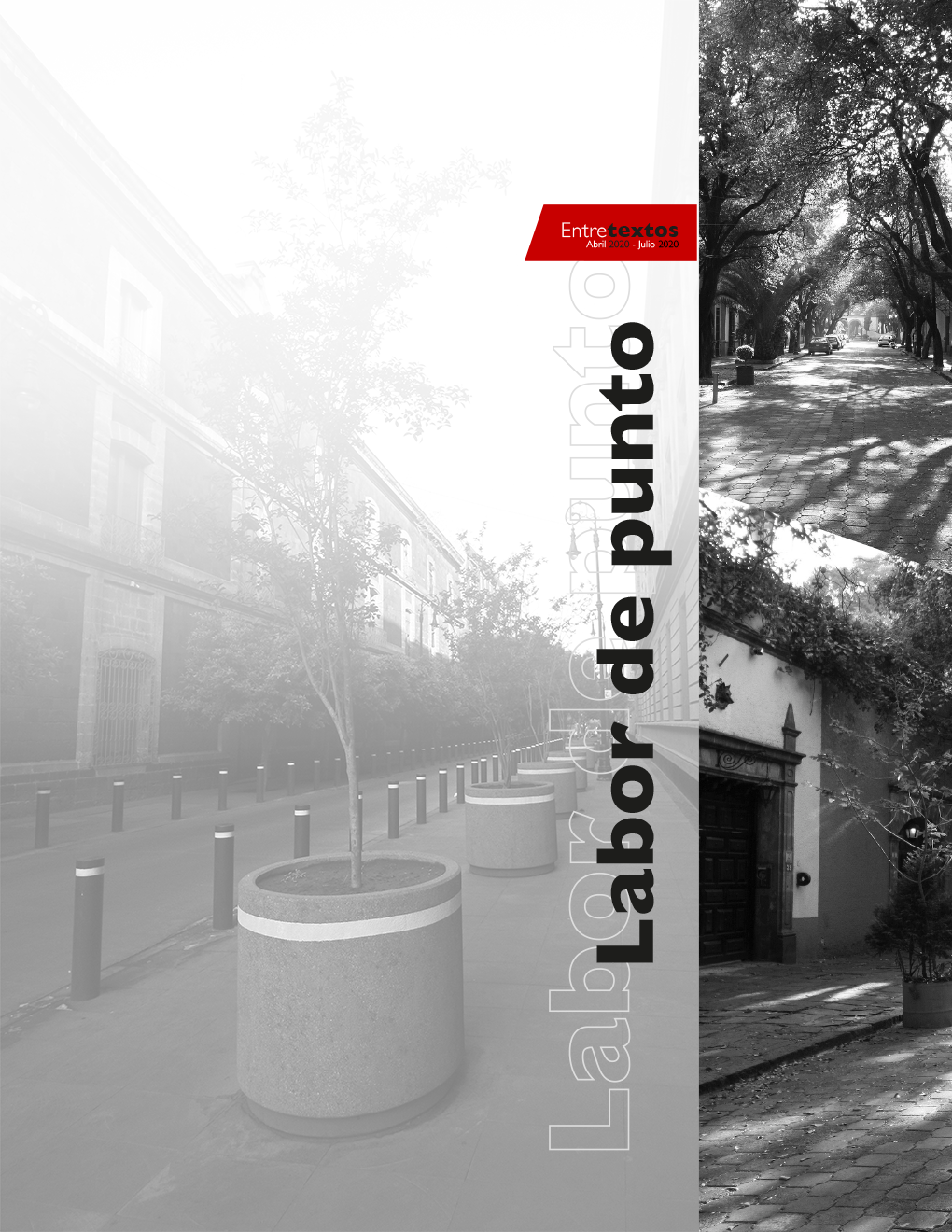Teaching a design methodology user-centred
DOI:
https://doi.org/10.59057/iberoleon.20075316.20203469Keywords:
product design, kansei engineering, user-centered design, differential semanticsAbstract
Kansei engineering is a methodology applied to user-centric design. This process takes products from functional and usable to emotive level, for this, it analyzes the user-product interaction to determine factors of sensations and perceptions that meet the expectations of the user. Traditionally the market study for product development includes quantitative techniques and are aimed at defining “technical specifications”, while emotional design, through “semantic adjectives” allows to define the user’s perception of a product. The evaluation of cognitive structures, through adjectives and their interrelationship with the design elements of the product, allows to find innovative designs that satisfy the user’s desire. This paper shows the process of teaching the Kansei Engineering methodology for the students of the Product Design Degree of the Universidad Iberoamericana León.
Downloads
References
Fundación PRODINTEC. (2011). Diseño Afectivo e Ingeniería Kansei. Guía metodológica. Asturias. Recuperado el 10 de diciembre de 2019, de http://www.prodintec.es/es/capacidades-y-experiencia/publicaciones/268-ingenieria-kansei.
Fung, K. Y., Kwong, C. K., Siu, K. W. M. y Yu, K. M. (15 de junio 2012). A multi-objective genetic algorithm approach to rule mining for affective product design. Expert Systems with DApplications, 39(8), pp. 7411-7419. https://doi.org/10.1016/j.eswa.2012.01.065.
Green, W. S. y Jordan, P. W. (2002). Pleasure with products: Beyond usability. Cleveland: CRC Press.
Hsiao, S. W., Chiu, F. Y. y Lu, S. H. (mayo de 2010). Product-form design model based on genetic algorithms. International Journal of Industrial Ergonomics, 40(3), pp. 237-246. https://doi.org/10.1016/j.ergon.2010.01.009.
Huang, M. S., Tsai, H. C. y Huang, T. H. (enero de 2011). Applying Kansei engineering to industrial machinery trade show booth design. International Journal of Industrial Ergonomics, 41(1), pp. 72-78. https://doi.org/10.1016/j.ergon.2010.10.002.
Jiang, H., Kwong, C. K., Liu, Y. e Ip, W. H. (30 de octubre de 2014). A methodology of integrating affective design with defining engineering specifications for product design. International Journal of Production Research, 53(8), pp. 2472-2488. https://doi.org/10.1080/00207543.2014.975372.
Kleiber, G. (1988). Prototype, Stéréotype : un air de famille? DRLAV. Documentation et Recherche En Linguistique Allemande Vincennes, 38(1), pp. 1-61. https://doi.org/10.3406/drlav.1988.1064.
Li, Z., Shi, K., Dey, N., Ashour, A. S., Wang, D., Balas, V. E., McCauley, P., y Shi, F. (17 de noviembre de 2016). Rule-based back propagation neural networks for various precision rough set presented KANSEI knowledge prediction: a case study on shoe product form features extraction. Neural Computing and Applications, 28(3), pp. 613-630. https://doi.org/10.1007/s00521-016-2707-8.
McLeod, S. A. (2007). Maslow’s Hierarchy of Needs. Simply Psychology, 1(1), pp. 1-8. Recuperado el 10 de enero de 2020, de: https://www.simplypsychology.org/maslow.html.
Nagamachi, M. (1991). An Image Technology Expert System and Its Application to Design Consultation. International Journal of Human-Computer Interaction, 3(3), pp. 267-279. https://doi.org/10.1080/10447319109526012.
Nagamachi, M. (enero de 1995). Kansei engineering: A new consumer-oriented technology for product development. International Journal of Industrial Ergonomics, 15(1),15, pp. 3-11. https://doi.org/10.1016/0169-8141(94)00052-5.
Shieh, M. D. y Yeh, Y. E. (agosto de 2013). Developing a design support system for the exterior form of running shoes using partial least squares and neural networks. Computers and Industrial Engineering, 65(4), pp. 704-718. https://doi.org/10.1016/j.cie.2013.05.008.
Shieh, M. D., Yeh, Y. E. y Huang, C. L. (30 de julio de 2015). Eliciting design knowledge from affective responses using rough sets and Kansei engineering system. Journal of Ambient Intelligence and Humanized Computing, 7(1), pp. 107-120. https://doi.org/10.1007/s12652-015-0307-6.
Tsai, H. C., Hsiao, S. W. y Hung, F. K. (febrero de 2006). An image evaluation approach for parameter-based product form and color design. CAD Computer Aided Design, 38(2), pp. 157-171. https://doi.org/10.1016/j.cad.2005.10.001.
Yang, C. C. (mayo de 2011). Constructing a hybrid Kansei engineering system based on multiple affective responses: Application to product form design. Computers and Industrial Engineering,60(4), pp. 760-768. https://doi.org/10.1016/j.cie.2011.01.011.

Downloads
Published
How to Cite
Issue
Section
License
Copyright (c) 2020 Entretextos

This work is licensed under a Creative Commons Attribution-NonCommercial 4.0 International License.




